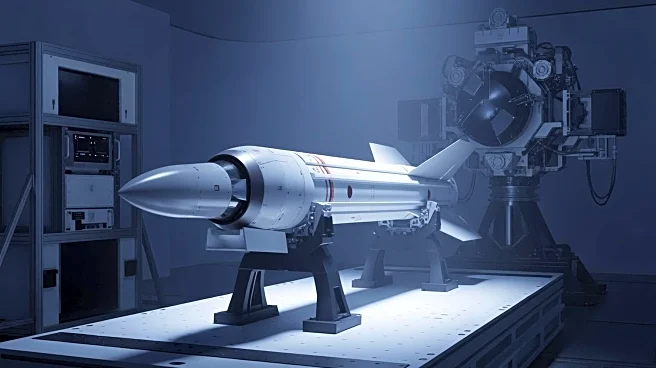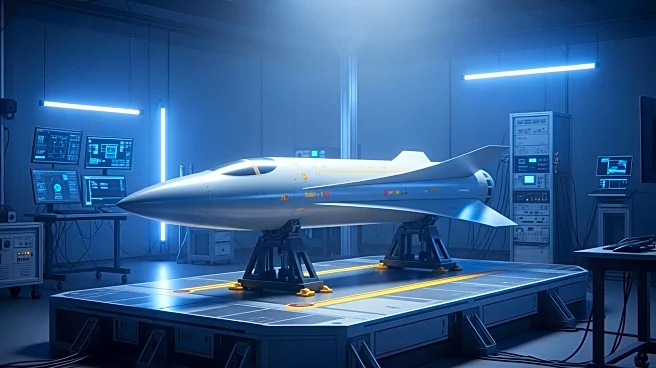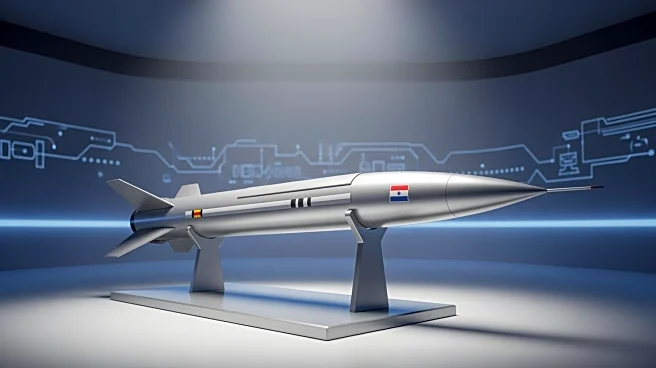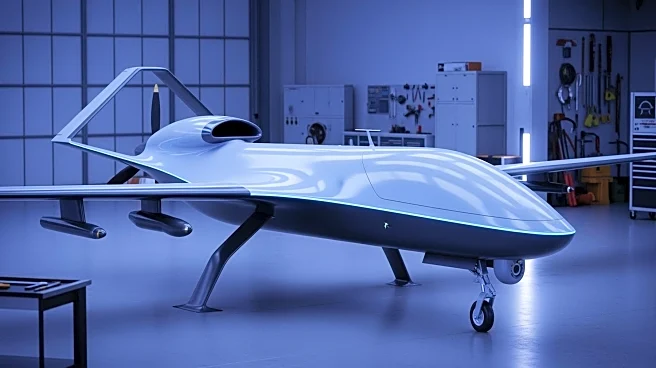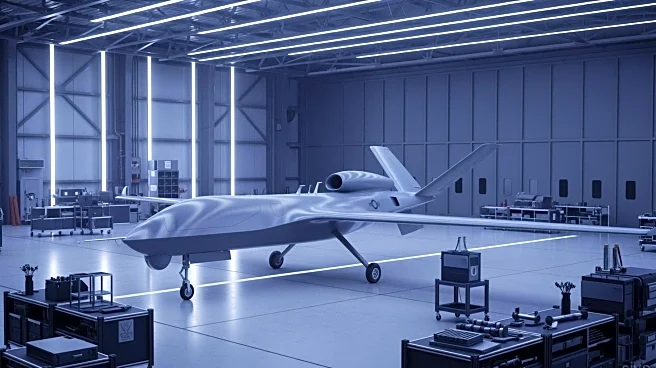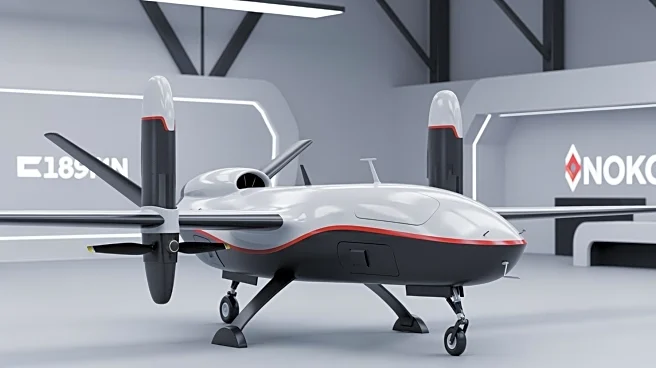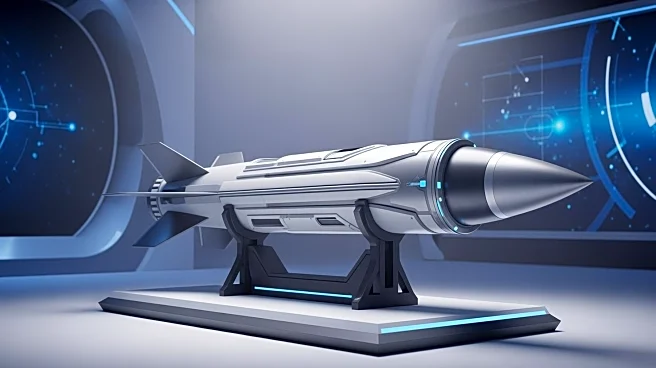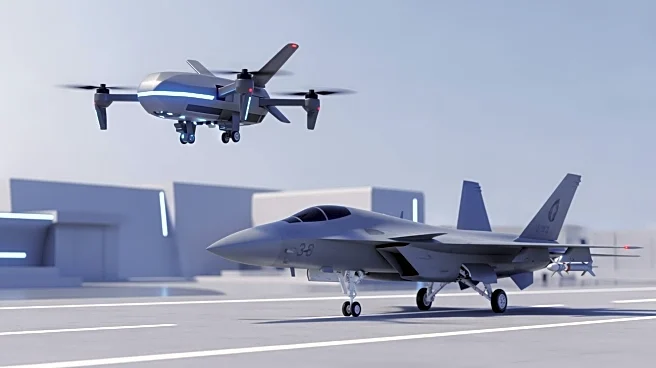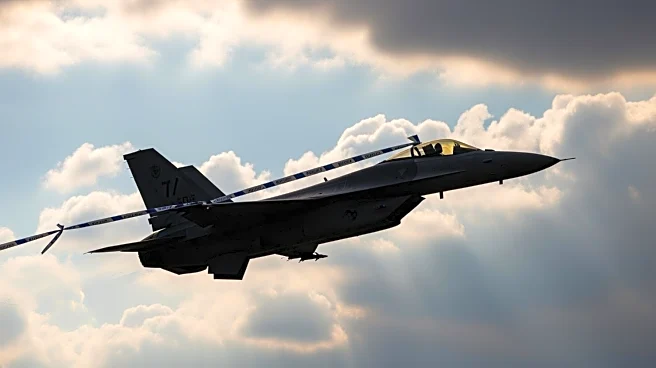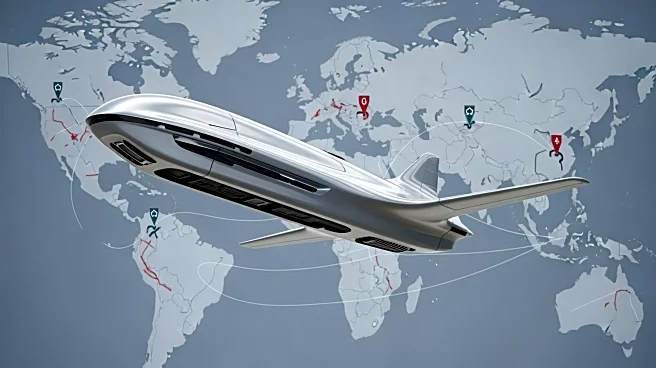What's Happening?
LiG Nex1, in collaboration with Hanwha Aerospace, is advancing the development of the Korean Air-Launched Cruise Missile (KALCM) with plans for additional flight testing by the end of 2025. This initiative
is part of South Korea's strategy to develop a domestic alternative to foreign missile platforms, such as the Taurus Systems GmbH KEPD 350. The missile underwent its first safe separation flight test in June, and further testing will assess its ability to separate from the Korea Aerospace Industries FA-50 aircraft. The ongoing tests are crucial for the engineering and manufacturing development phase, which is expected to conclude by 2028.
Why It's Important?
The development of the KALCM represents a significant step for South Korea in achieving self-reliance in defense technology, reducing dependency on foreign military equipment. This advancement could enhance the country's strategic capabilities and bolster its defense industry. The successful completion of the engineering and manufacturing phase could lead to increased export opportunities and strengthen South Korea's position in the global arms market. Additionally, the missile's development may influence regional security dynamics, particularly in the context of South Korea's defense posture against potential threats.
What's Next?
The next phase involves rigorous testing to ensure the missile's compatibility with existing aircraft and its operational effectiveness. Stakeholders, including the Defense Acquisition Program Administration and the Agency for Defense Development, will closely monitor the progress. Successful tests could lead to further investments in domestic missile technology and potential collaborations with international partners. The completion of the engineering and manufacturing phase by 2028 will be a critical milestone, potentially leading to full-scale production and deployment.
Beyond the Headlines
The development of the KALCM may have broader implications for South Korea's defense policy, potentially influencing its military alliances and procurement strategies. As the country moves towards greater self-sufficiency in defense technology, it may reassess its reliance on foreign military support and explore new avenues for international cooperation.
